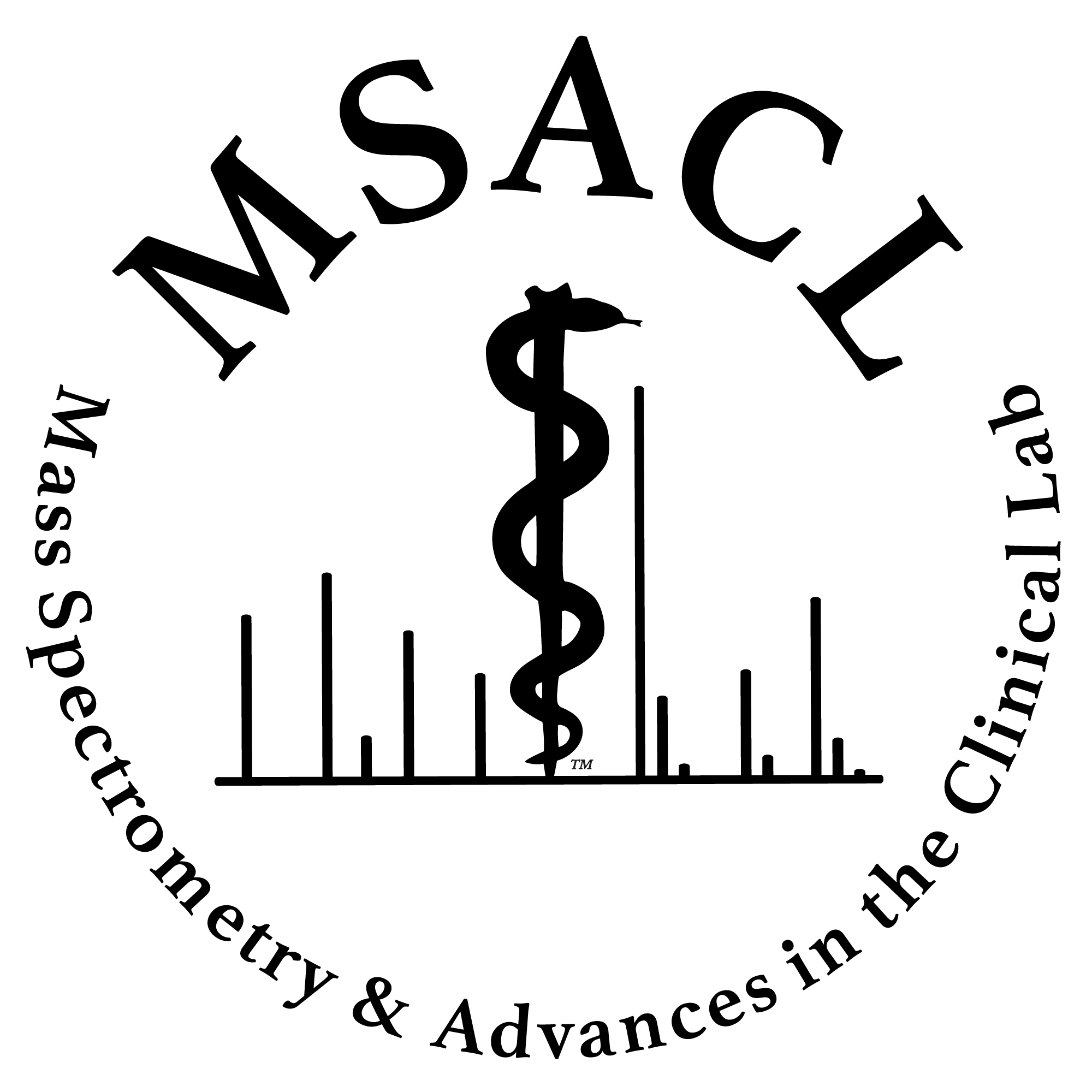|
Abstract Case Description:
A 55-year-old female known with bone marrow failure, chronic kidney disease and immune dysfunction secondary to deficiency of deaminase 2 (DADA2), presented for administration of a 3-hour busulfan infusion prior to hematopoietic stem cell transplant. As a consequence of multiple red blood cell transfusions, the patient also suffered from hepatic disease due to iron overload, which put her at high risk of drug-induced liver injury. A busulfan concentration-time curve was requested to assess her individual pharmacokinetics during the infusion. Plasma was collected pre-infusion, and during infusion at 0, 1, 2 and 4 hour time-points. Busulfan concentrations were quantified by LC-MS. Between the pre-infusion and during infusion samples, the area under the curve (AUC) of the internal standard decreased by >30%, exceeding the allowable limit of variability for this assay.
Background:
Deficiency of adenosine deaminase 2 is characterized by a spectrum of potential clinical manifestations that span autoinflammation, vasculopathy, immune deficiency and hematological disorders. The mechanism by which DADA2 results in bone marrow failure remains to be fully elucidated. Hematopoeitic stem cell transplant is considered curative of DADA2, particularly in children, but requires preparative treatment that poses a risk of hepatotoxicity. In patients with prior liver disease, myeloablation using two busulfan infusions over two days is recommended, with pharmacokinetic monitoring to reduce toxicity while ensuring adequacy of myeloablation. In-house measurement of busulfan concentration by LC-MS during the first infusion provides timely pharmacokinetic information that is used for adjustment of the second busulfan dose.
MS Method and Results:
Busulfan is measured by HPLC with triple quadrupole mass spectrometry using multiple reaction monitoring in positive mode. Isotope dilution is carried out by addition of busulfan-d8 in acetonitrile as internal standard (IS). The acetonitrile serves to deproteinize the specimens, which are centrifuged before addition to auto sampler glass vials and dilution with Optima LC/MS grade water. The system is flushed with Optima LC/MS grade methanol after the highest calibrator, the highest QC and after every fifth patient sample. In this case, the IS peak AUC decreased from 9.16e5 pre-infusion to between 3.76e5 and 5.40e5 post-infusion, while the patient’s results were unremarkable at 0.024 ng/mL pre-infusion and decreasing from 1331 to 774 ng/mL post-infusion. The patient’s 0-hour sample was rerun neat and in 2x, 5x and 10x dilution to determine whether the IS corrected for the apparent ion suppressing agent within the sample. The IS AUC recovered to 8.46e5 at 10x dilution and the original patient results were deemed accurate.
Discussion and Conclusion:
Internal standards are used in LC-MS to compensate for variability produced by extraction and preparation techniques, sample factors, injection, ionization and flow rates, and detector response. Any fluctuations are expected to affect the IS and the analyte of interest similarly, such that the ratio between the two remains constant. In this case, the post-busulfan infusion IS peak AUC decreased by >30%, signifying the presence of an ion suppressing agent. Busulfan injection contains PEG-400, which co-elutes with and suppresses busulfan signal. Results were briefly withheld while dilution studies were performed to ensure that the IS corrected for the degree of suppression and to validate result accuracy. Going forward, ion suppression is acknowledged in these samples, and a greater degree of variability is accepted in the IS peak AUC.
|

